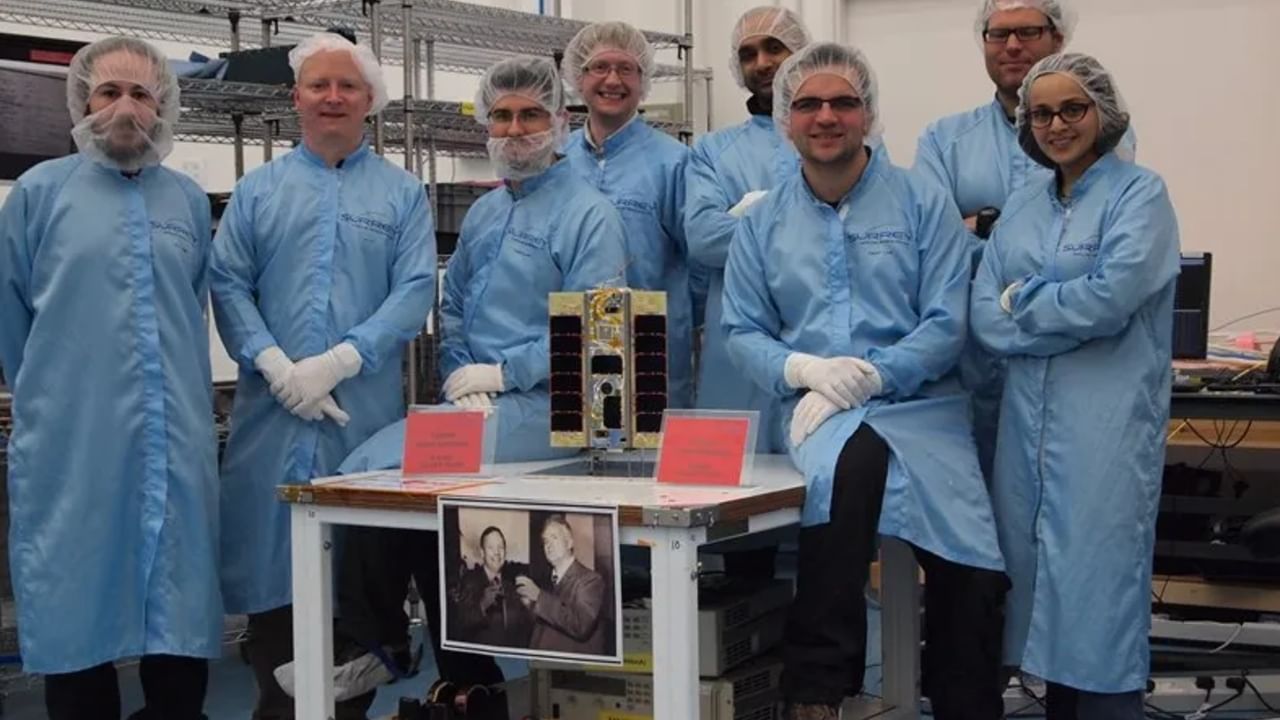Space missions typically feature astronauts and complex equipment, however, a groundbreaking experiment involved launching a smartphone into space. The Google Nexus One, a device readily available to the public, was sent to orbit in a remarkable initiative. The University of Surrey (UK) initiated this test in 2013 to assess if a regular smartphone could be used to operate a satellite. The Nexus One was installed inside the Strand-1 satellite for this experiment. This small satellite was just 30 centimeters in length and launched to an altitude of about 784 kilometers. The satellite was equipped with the Nexus One, connected via a USB cable. The phone was loaded with custom software, as well as an app designed to assess whether sounds could be heard in space. The Nexus One phone, designed for everyday use, featured a 3.7-inch display, 512MB of RAM, a 1400mAh battery, a 5-megapixel rear camera and was running Android 2.1 OS. In 2012, its retail price was about ₹10,000. The phone was placed directly into the satellite and launched, experiencing a journey similar to that of a rocket. The current location of Google’s space-faring phone remains uncertain. It could be still in orbit, or it may have become space debris, but it has had a huge impact on the field of technology and research.
breaking
- Global Summit Invitation for Jharkhand’s Hemant Soren
- Chief Minister Mr. Hemant Soren Welcomes Tribal Representatives from Across the Country
- Chief Minister Shri Hemant Soren welcoming and addressing “tribal representatives” from various states of the country at the Chief Minister’s residential complex located on Kanke Road today
- Solemn Start to Jharkhand Assembly’s Winter Session with Tributes
- IndiGo Flight Delays: How to Check Status & Manage Travel
- Asia’s New Air Power Dynamics: China’s Stealth Tech Revealed
- Kiran Public School Inaugurates Rifle Club, Boosting Local Sports
- Chief Minister Shri Hemant Soren was presented with the ‘Armed Forces Flag Day’ badge by Director of Sainik Welfare Directorate Brigadier Niranjan Kumar (Retd.)

